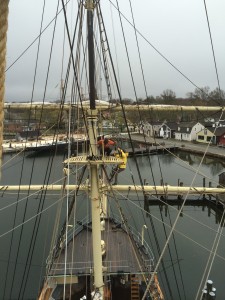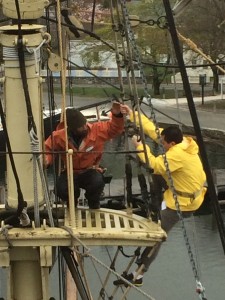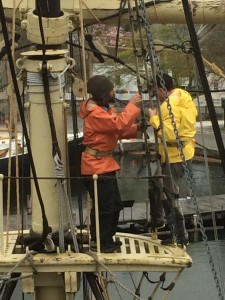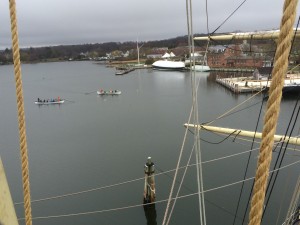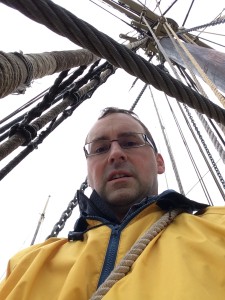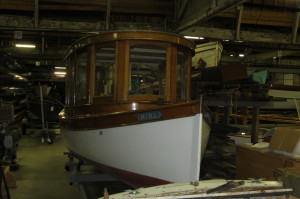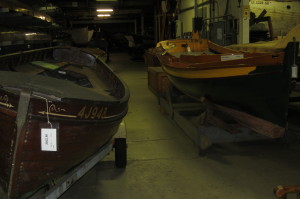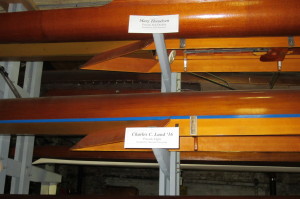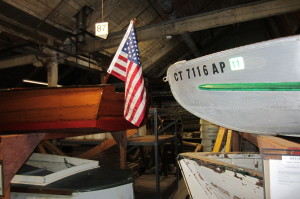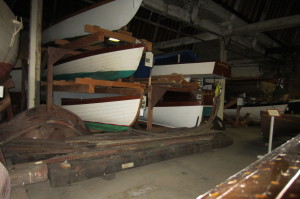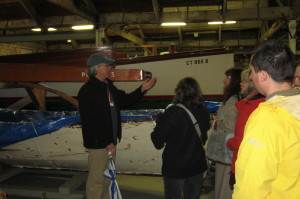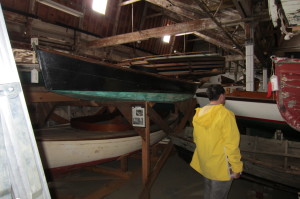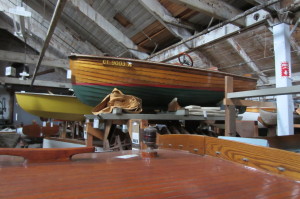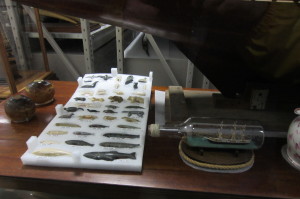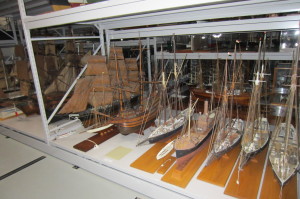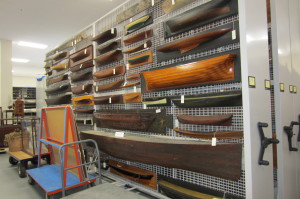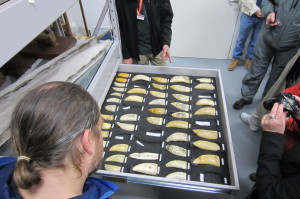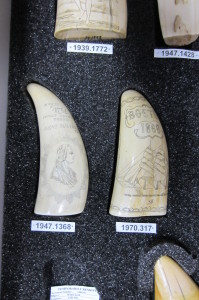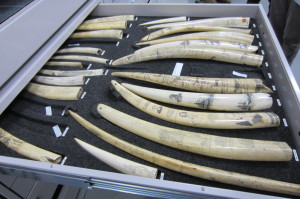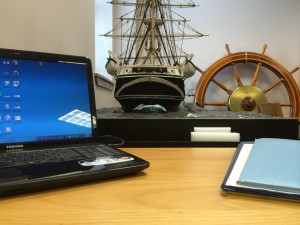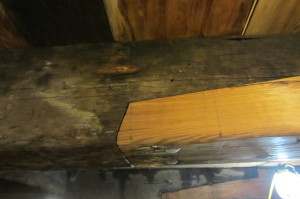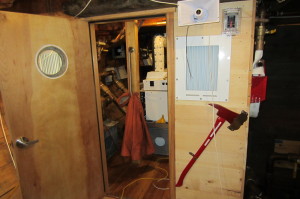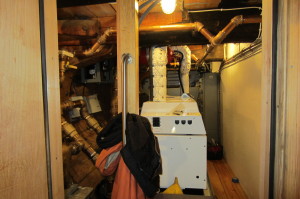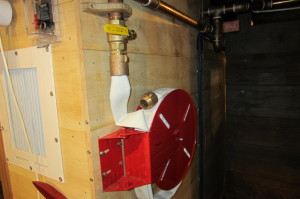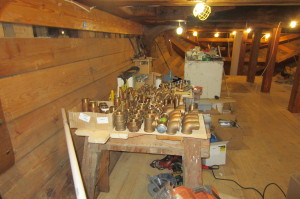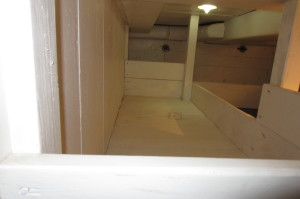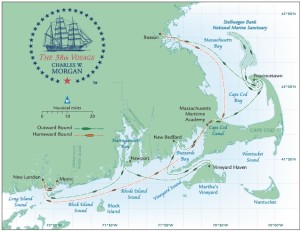I head to Connecticut this Friday, to start my brief experience on the 38th Voyage. It is true that it will start on Friday the 13th, but I’m not the least bit worried about that, since I was born on a Friday the 13th — in fact, a Friday the 13th in June, too: this Friday, in addition to starting my Voyage, is my 45th birthday. Sounds like a pretty great birthday present for me, I think!
The Voyagers consist of 8-10 people on each of the nine legs of the complete voyage. Each Voyager submitted a proposal and application, and then were selected by staff at Mystic Seaport. I believe there will be nine Voyagers on our leg (one seems to get added and dropped from message to message…); we’re all listed here, under the first leg from New London to Newport.
We will board the Morgan on Friday night, and will spend the night in the bunks of the fo’c’sle. On Saturday morning, because of tides in New London, we plan to depart at 4:30 am. Some guests, who won’t be sleeping on board, will need to arrive an hour earlier — yikes.
Anyway, my initial thought, when I heard we’d leave at 4:30, was “dang, that’ll be early.” Then I immediately thought “Whoa. We’ll see the sunrise.” and “That just means lots more sailing!” and “It’s only 24 hours; I want as much of it as possible to be at sea.” So now I’m pleased. I just hope I can sleep a bit, the night before.
We will be towed out from New London, by a tugboat that a family has donated (including the fuel!) to the Seaport for use throughout the voyage. Roann, another Seaport vessel, will be accompanying us the whole way, as well. We’ll get towed some distance toward Newport, and then the tow line will be dropped, and we’ll spend the day sailing. At some point, the tug will reattach the tow line, and we’ll be towed into port in Newport, at Fort Adams State Park.
Except we won’t! For some reason, we’ll be anchoring offshore, and taking small boats in to the pier. That sounds amazing to me. I hope we get to help drop those anchors. I also thought it’d be great if we could drop a whaleboat from the davits, as we used to do in Demo Squad, to head in. Who knows; maybe I can suggest it.
As to how much one will be allowed to do, I think each Voyager will pretty much be allowed to do as much as they want, as long as they’re not in the way. I hope to take a pen and paper (and camera) and hang out aloft for a while. And go out on the bowsprit, perhaps. And take a turn at the wheel. And furl a sail. And so much more…
Anyway, that’s what the day looks like. I doubt I’ll be able to post much while I’m on board, though I don’t know. If I can, I’ll post it to the ShipIndex.org Facebook page. I will spend time over the next week or so sharing images and experiences through the blog, and perhaps through some other photo sharing service, too.

